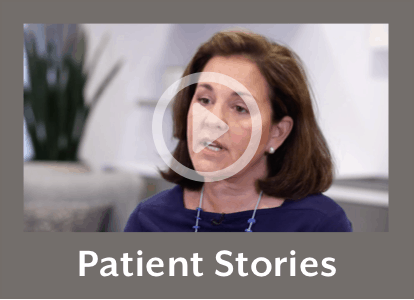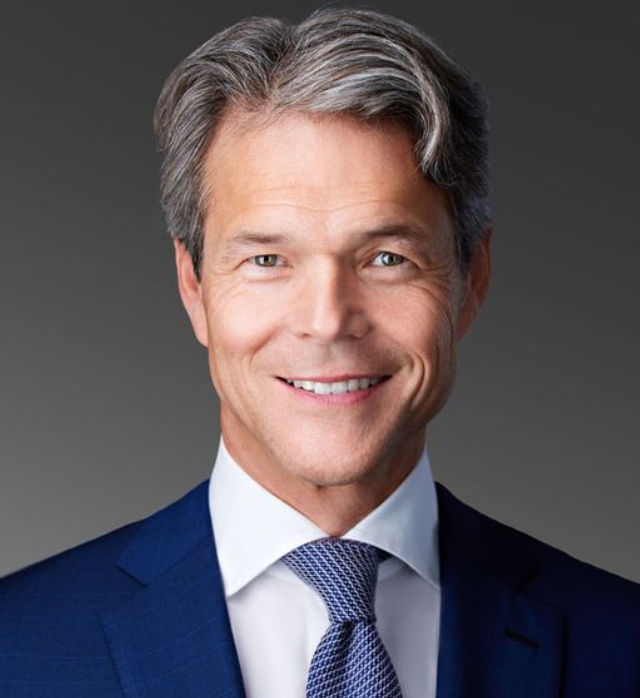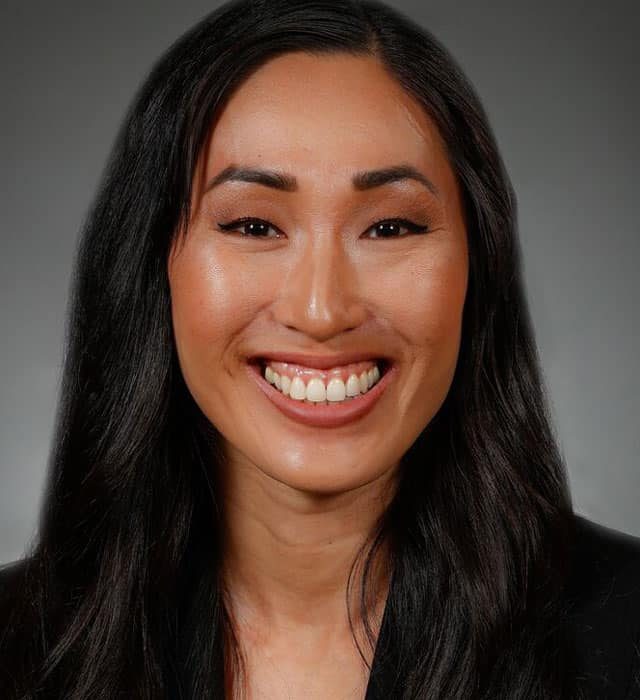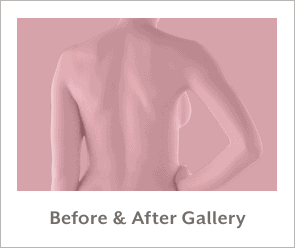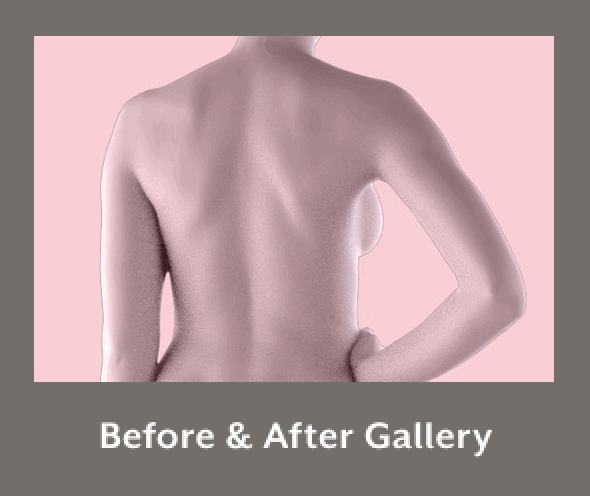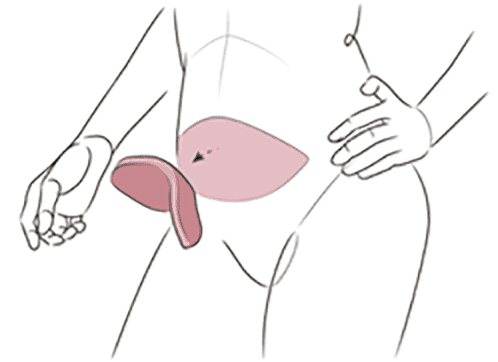About Breast Reconstruction » Natural Tissue (Flap) Reconstruction » Alternative Tissue Sites » Back Flap Procedures
Back Flap Procedures (LD/TDAP)

On this page

On this page
Although the abdominal donor site is usually preferred, in some cases the back may be considered as an alternative donor site. LD and TDAP flaps use tissue from the back and side of the chest to create the new breast. Because there’s usually little fat tissue in this area, LD and TDAP flaps are often used for partial breast reconstruction or with an implant.
Occasionally, if there is enough fat in the back and the patient has a smaller breast, the LD flap can be used alone for breast reconstruction. The LD and TDAP are pedicled flaps, meaning tissue from the donor site is tunneled under the skin to the breast area. Pedicled flaps may be used for women with medical comorbidities (such as diabetes) that rule out the option for a free-flap procedure.
Procedure
LD flaps
In LD (latissimus dorsi) flap procedures, a flap containing skin, fat, and muscle is lifted from the back, just beneath the shoulder blade. The tissue flap is rotated and tunneled under the skin to the breast reconstruction site, where it’s formed into the new breast. The blood thoracodorsal blood vessels that feed the new breast aren’t severed, so microsurgery isn’t necessary. Because muscle is taken from the back, long-term muscle weakness may result.
Unless the new breast is very small, or there is plentiful back fat, many patients require breast implants together with the LD flap tissue for sufficient breast volume and projection.
TDAP flaps
The TDAP (thoracodorsal artery perforator flap) is a more complicated procedure than the LD flap. In the TDAP, tiny blood vessels are carefully separated from the back muscles so that the muscle itself doesn’t need to be removed. That means there is less postoperative pain and no long-term muscle weakness to contend with.
The incision is made in the same area of the back as in the LD flap. When the tiny blood vessels have been separated from the back muscles, the flap, containing the blood vessels, fat, and skin, is lifted from the back, rotated, and tunneled under the skin to the breast reconstruction site. As in the LD flap, no microsurgery is necessary because the flap retains its original blood supply. TDAP flaps are smaller than LD flaps and are usually used for partial breast reconstruction after lumpectomy or to correct deficiencies after total breast reconstruction.

Your Recovery
Recovery Time
The usual hospital stay for a back flap procedure is 1-3 days. With an LD flap, you’ll be able to return to most activities after 6-8 weeks. With a TDAP flap, you may be able to resume activities in 4-6 weeks. It can take up a year for your tissue to completely heal.
Expect to Feel
Expect soreness, swelling, and bruising at all surgery sites, including the back. You might experience some loss of sensation, which is often temporary at the donor tissue site.
Scarring
The back incisions for both LD and TDAP procedures typically run horizontally across the midback below the shoulder blade. The scar can often be placed along the bra line but may be visible with some types of tops or dresses.
Scars typically fade over 12-18 months. Your breast scars will largely depend on the type of mastectomy you end up having
Additional Procedures
Things to Consider
- The LD flap procedure can cause long-term muscle weakness that may make it difficult to play sports such as tennis, swimming, or cross-country skiing.
- Your upper back may be numb for a few months after the LD or TDAP until severed nerves regrow. Some patients have areas that are permanently numb.
- Many patients also require an implant or fat grafting for additional volume.
Contraindications and Alternatives
You may not be a candidate for an LD or TDAP flap if your upper back doesn’t have enough fat tissue or skin laxity or if previous surgery has damaged blood vessels in that region. If you are very physically active, you may also prefer a different donor site, as back flap reconstruction often affects the strength of your back muscles.
Alternative donor tissue sites include the abdomen, thigh, buttock, and lumbar (lower back) region. If very little fat tissue is available at any donor site, you may consider a stacked flap procedure or hybrid reconstruction.


